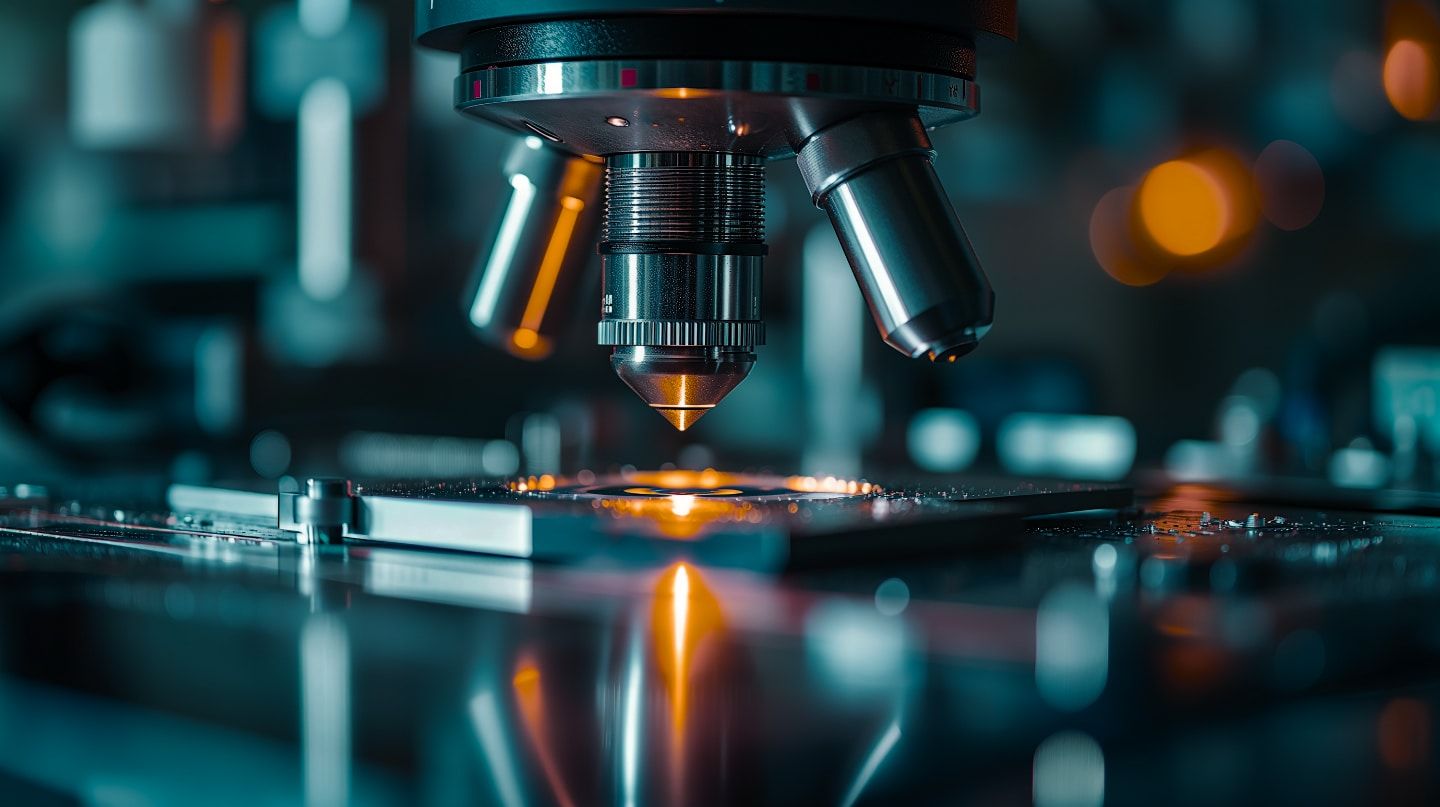-
CAS107-21-1
-
Structural formula
C₂H₆O₂
Remove ethylene glycol from the exhaust air
What is ethylene glycol?
Ethylene glycol, also known as glycol, is a colourless, odourless and viscous liquid. It belongs to the divalent alcohol group of substances and is known for its use as an antifreeze in vehicle radiators. In the chemical industry, ethylene glycol plays a key role as a precursor for polyester fibres and as a humectant in various products.
Evolution
Ethylene glycol is mainly produced by the hydrolysis of ethylene oxide, which is carried out at high temperature and high pressure. This process takes place in large-scale chemical plants. Ethylene glycol is used in numerous industries, including the automotive industry for coolants and antifreeze, the textile industry for the production of polyester fibres and in chemical production as a solvent and humectant.
Discovery
Ethylene glycol is a colourless and almost odourless liquid. It has a sweetish flavour, which can be dangerous as it is toxic if accidentally swallowed. Contact with the skin can cause irritation, and inhalation of vapours can cause headaches and dizziness.
Limit values
In Germany, the limit values for ethylene glycol are regulated by the Technical Instructions on Air Quality Control (TA-Luft) and the occupational exposure limit values (OEL). The OEL for ethylene glycol is 10 ppm (parts per million) or 26 mg/m³. These limit values are intended to ensure that the concentrations in the workplace do not cause any damage to health.
Hazards
Health: Ethylene glycol is toxic if ingested and can cause serious health problems such as kidney failure and CNS disorders. Skin contact may cause irritation, and inhalation of the vapours may cause dizziness and headaches. Long-term exposure may cause chronic damage to health. Environment: Ethylene glycol is biodegradable but may contaminate water and soil in high concentrations. It can be toxic to aquatic organisms and disrupt the ecological balance if released into the environment. Economic damage: Improper handling and storage of ethylene glycol can lead to significant property damage from leaks and fires. Contamination requires expensive remediation measures and can lead to loss of production.
The oxytec Purification Technology
For many organic pollutants, we offer energy-saving and clean technologies for neutralisation, which we combine in multi-stage plants. In order to achieve a reduction below the limit values, not only the dimensioning of the respective purification stage but also the sequence of the technologies is decisive, as they have different physical effects on the molecules. Below we present some of our purification modules.
CWA
Alternative technologies
In addition to our solutions, there are other technologies such as conventional activated carbon filters and simple ventilation systems. However, these often have disadvantages such as high energy consumption, limited cleaning performance, large space requirements, long lead times and high investment costs.
Advantages of the oxytec solution
- Compact design: Small footprint compared to traditional systems
- Low operating costs, therefore fast amortisation
- Environmentally friendly: Minimal environmental impact thanks to innovative technologies
- Efficient ethylene glycol reduction: High efficiency thanks to high purification levels with minimal energy consumption
